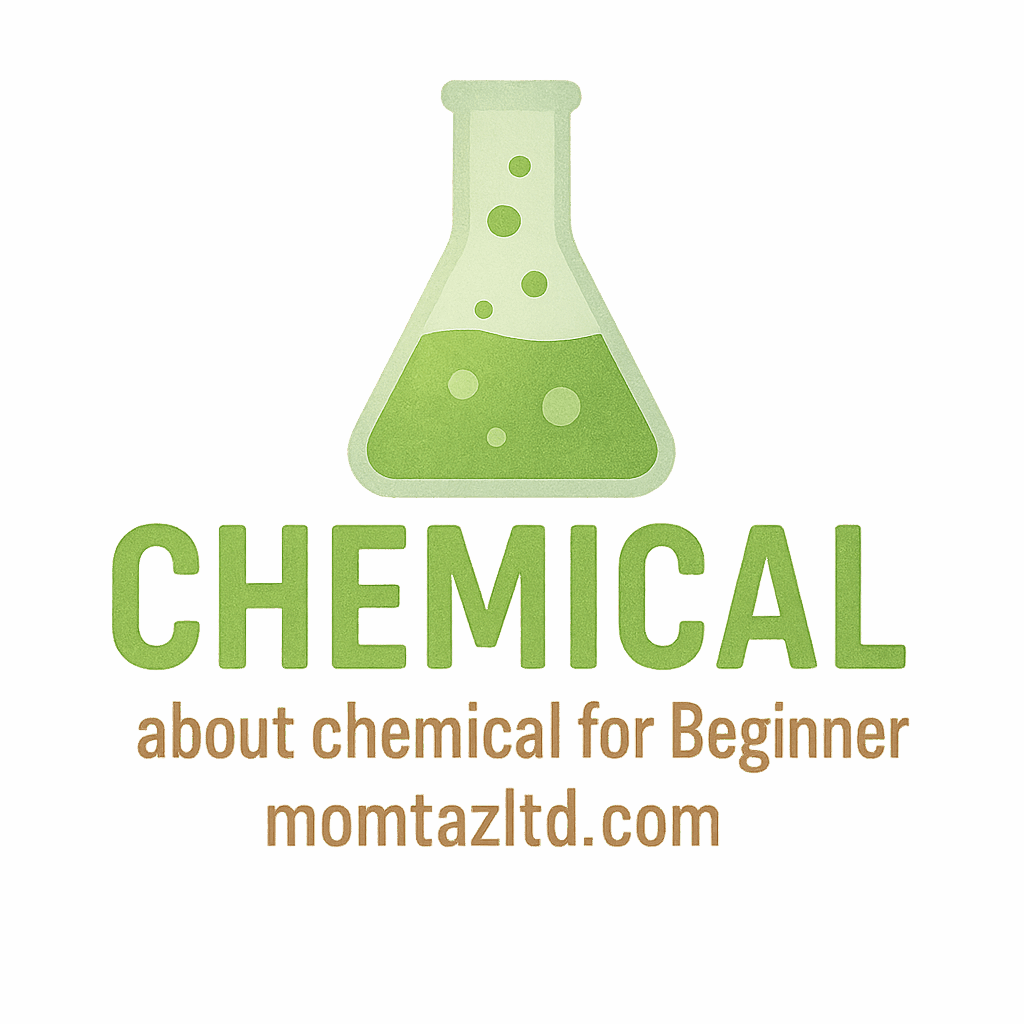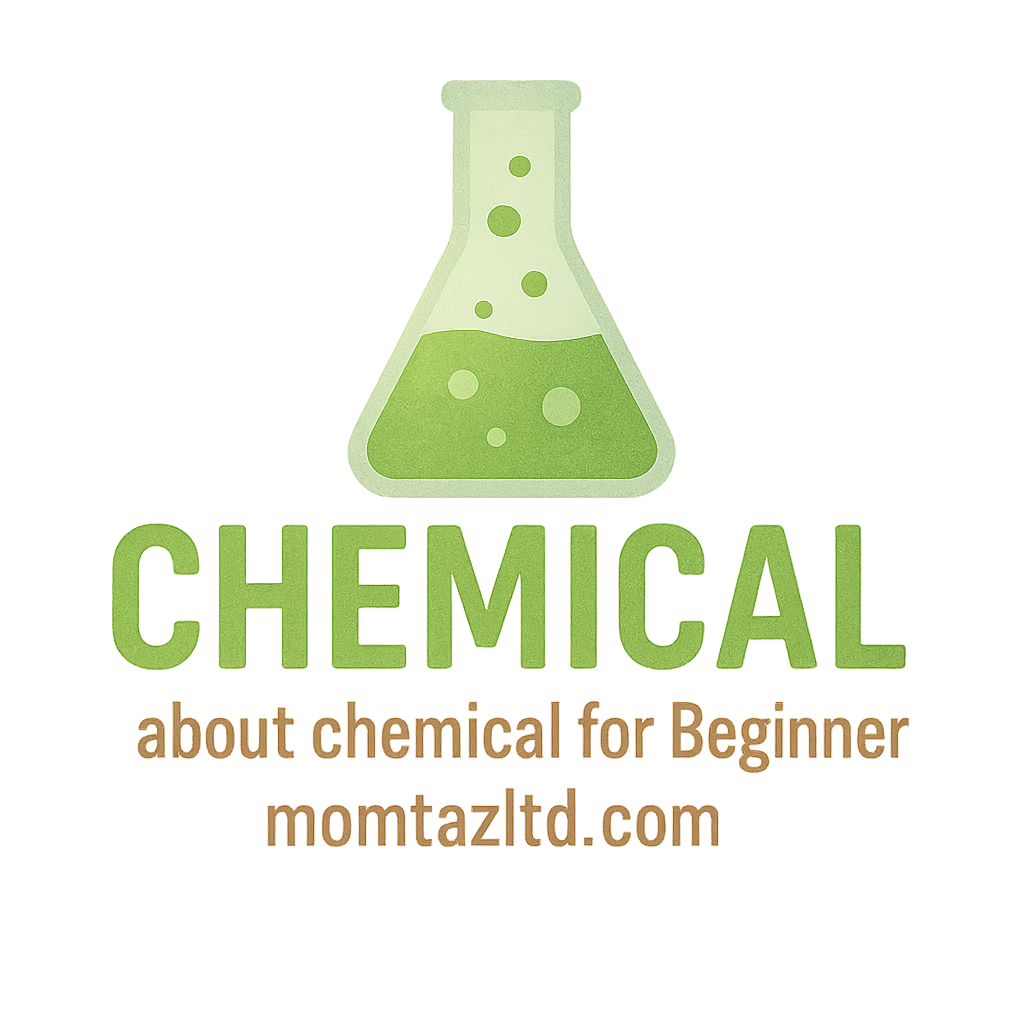We live in a world where chemicals are part of almost everything around us. From cleaning supplies to personal care products, chemicals are essential in making our lives easier, cleaner, and more convenient. But with increasing concerns about health and environmental risks, it’s crucial to understand which household items contain chemicals and how to manage exposure.
In this article, we’ll take a deep dive into six common household items that are filled with chemicals, helping you understand their uses, risks, and how to use them more safely. For more insights into chemical safety, visit our Chemical Safety page.
Introduction: Understanding Household Chemicals
Household chemicals are ingredients that serve essential purposes in our daily lives. Whether you realize it or not, chemicals are in almost every product we use, and they play critical roles in our homes. But with that convenience comes potential risks—some chemicals can be harmful to health if not handled properly.
H3: The Role of Chemicals in Our Homes
From the kitchen to the bathroom, chemicals perform various roles in our homes, such as cleaning, preservation, and pest control. These chemicals can make life easier but can also pose risks if misused or overexposed to. Understanding what’s in the products we use every day is the first step toward a healthier and safer home environment.
For a deeper dive into the basics of chemicals, check out our article on Chemical Basics.
1. Cleaning Products: More Than Just Surface Cleaners
We all know the importance of keeping our homes clean, but did you know that the products you use for cleaning can contain potent chemicals? Most commercial cleaning products are packed with compounds designed to break down grease, grime, and bacteria, but some of these chemicals can be harmful to both health and the environment.
H3: Common Chemicals Found in Cleaning Products
Common chemicals like bleach, ammonia, and quaternary ammonium compounds are often found in household cleaning products. While these substances are effective at cleaning, they can be toxic if ingested, inhaled, or come into contact with skin. For more on the types of chemicals, visit our article on Household Chemicals.
H4: Chemical Safety in Cleaning Products
It’s crucial to read the labels of cleaning products to avoid hazardous chemicals. If possible, opt for eco-friendly, non-toxic cleaners, or even create your own with ingredients like vinegar, baking soda, and lemon juice. If you’re interested in learning about safer chemical handling practices, check out our page on Chemical Storage.
2. Cosmetics and Personal Care Products
Most of us use cosmetics and personal care items daily—whether it’s shampoo, body lotion, or toothpaste. However, many of these products contain chemicals that may not be so friendly to your skin or health.
H3: The Chemical Composition of Skincare
Shampoos, soaps, deodorants, and lotions often contain chemicals such as parabens, phthalates, and sodium lauryl sulfate. These compounds are commonly used to enhance texture, fragrance, or shelf life, but they can have negative side effects, including skin irritation or disruption of hormonal functions.
For further details on chemical-related careers, visit our Chemical Careers page.
H4: Potential Risks of Chemical Exposure
Long-term exposure to certain chemicals found in personal care products has been linked to issues such as skin allergies, respiratory problems, and even more serious health risks. It’s always a good idea to check ingredient labels and look for products labeled “chemical-free” or “natural.”
3. Food and Drink Containers
When it comes to food storage, plastic containers are often a go-to option. But many of these containers contain harmful chemicals like Bisphenol A (BPA), which can leach into food or beverages, especially when heated.
H3: BPA and Other Plastics
BPA is a chemical compound commonly found in hard plastics, including water bottles, food storage containers, and plastic wrap. Studies have shown that BPA can interfere with the body’s hormonal system, which may increase the risk of certain health issues. For more information on chemical reactions in everyday life, check out our post on Chemical Reactions.
H4: Choosing Safer Alternatives
Opting for BPA-free containers made of glass, stainless steel, or other safer plastics is a good way to minimize your exposure to harmful chemicals. Additionally, you can use natural storage options like beeswax wraps or silicone bags to avoid plastics altogether. If you want to learn more about lab-grade materials, take a look at our Laboratory Chemicals section.

4. Pesticides and Bug Repellents
When insects invade your home, you may reach for a pesticide or bug repellent to take care of the problem. However, many of these products contain chemicals that can be hazardous to your health.
H3: Common Chemicals in Pest Control
Insecticides often contain chemicals such as pyrethroids, organophosphates, and carbamates. These chemicals are effective at killing pests but can also pose health risks, especially if exposed to large quantities. To understand the importance of chemical safety, visit our page on Chemical Safety.
H4: Safe Use of Pesticides in the Home
If you must use pesticides, be sure to follow the manufacturer’s instructions carefully. Always wear protective clothing, keep the area well-ventilated, and avoid using them in food preparation areas. Alternatively, consider using natural pest control methods like essential oils, diatomaceous earth, or physical barriers. For related information, check out our Industrial Chemicals page.
5. Paints and Varnishes
Whether you’re painting your walls or giving furniture a fresh coat, paints and varnishes are essential in home improvement. However, many of these products contain volatile organic compounds (VOCs), which can be harmful when inhaled.
H3: Volatile Organic Compounds (VOCs)
VOCs are chemicals that easily become vapors or gases. They are commonly found in paints, varnishes, and other products that release odors. Long-term exposure to VOCs can lead to headaches, nausea, dizziness, and even respiratory issues. For a safer approach, check out our Beginners Guide to Chemistry.
H4: Low-VOC and Non-toxic Paint Options
To reduce exposure to harmful chemicals, opt for low-VOC or non-toxic paint options. Many brands now offer paints that are free from harmful chemicals, making them safer for both the environment and your health. Learn more about eco-friendly chemicals in our Chemical Basics section.
6. Laundry Detergents
Laundry detergents are essential for keeping your clothes fresh and clean, but they also contain chemicals that can have an impact on your skin and overall health.
H3: Surfactants and Fragrances
Most laundry detergents contain surfactants like sodium lauryl sulfate, which helps to remove dirt and stains. Additionally, synthetic fragrances and dyes are often added to give the detergent a pleasant scent. While effective, these chemicals can irritate sensitive skin or trigger allergic reactions. For more on the science behind these ingredients, visit our Learn From Experts section.
H4: Alternatives to Traditional Laundry Detergents
Consider switching to natural or plant-based laundry detergents that are free from harmful chemicals. Many eco-friendly brands now offer products that are effective at cleaning without the use of synthetic fragrances or harsh chemicals.
Conclusion: Minimizing Chemical Exposure in the Home
While chemicals are an essential part of modern life, it’s important to be mindful of the ones we use in our homes. Many household products contain chemicals that can pose health risks if not handled properly. By being aware of what’s in the products you use and opting for safer alternatives when possible, you can reduce your exposure to harmful chemicals.
H3: Using Natural Alternatives
Switching to natural alternatives, like baking soda, vinegar, and essential oils, can help you reduce the chemicals in your home. These simple ingredients can replace many toxic cleaners and personal care products.
H4: Educating Yourself on Chemical Safety
Being proactive and reading labels is key to understanding the chemicals in the products you use. The more you learn about chemical safety, the easier it will be to make informed decisions for your home and family.
To explore more about chemical terms and their impacts, visit our Chemical Terms page.
FAQs
1. Are all chemicals in household products harmful?
Not all chemicals are harmful. Many chemicals are safe when used properly. However, it’s essential to understand which chemicals are potentially dangerous and how to minimize your exposure to them.
2. How can I identify harmful chemicals in my home?
The best way to identify harmful chemicals is by reading product labels. Look for warnings such as “toxic,” “flammable,” or “irritant” to determine potential risks.
3. Is it possible to make my home chemical-free?
While it’s difficult to eliminate all chemicals from your home, you can significantly reduce your exposure by using natural cleaning products, personal care items, and safe food storage containers.
4. How can I safely dispose of household chemicals?
Never pour household chemicals down the drain or throw them in the trash. Many local authorities offer chemical disposal programs or drop-off locations for hazardous waste.
5. What are the long-term effects of exposure to chemicals?
Long-term exposure to certain chemicals can lead to health problems like respiratory issues, hormonal disruptions, or cancer. It’s important to limit exposure by using safer products.
6. Can I replace all chemicals with natural alternatives?
While many chemicals can be replaced with natural alternatives, some tasks—like pest control or heavy-duty cleaning—may require more specialized solutions. It’s about finding a balance.
7. What household products are the most toxic?
Products like heavy-duty cleaners, pesticides, and paints with high VOC content are often the most toxic. Always follow safety guidelines when using these products.


